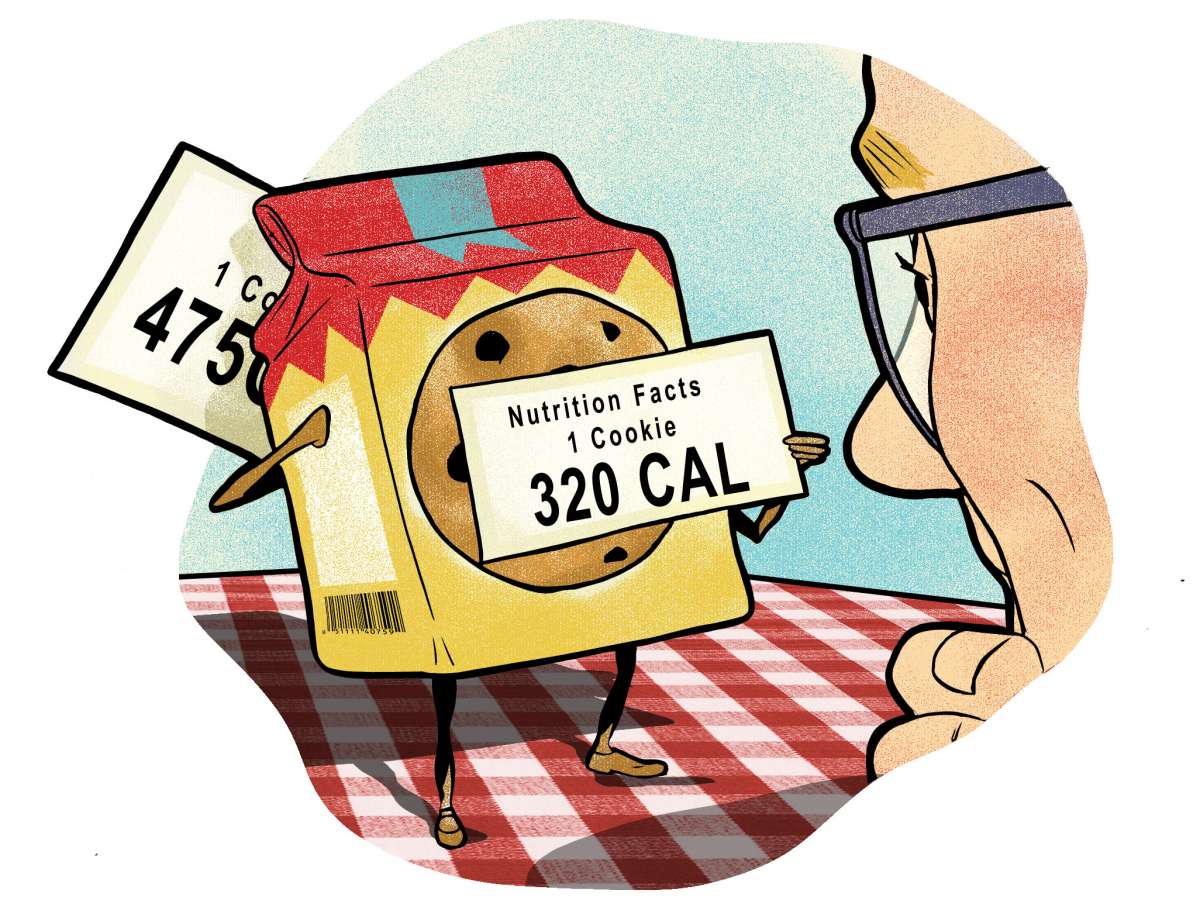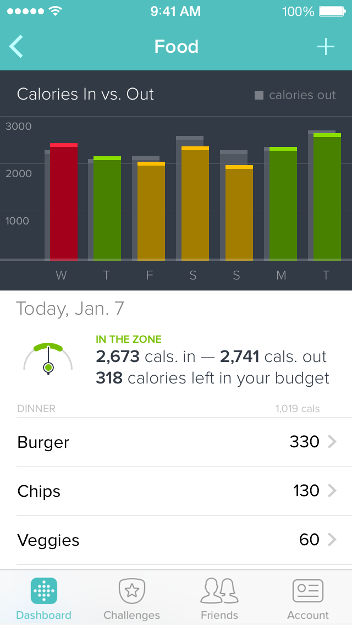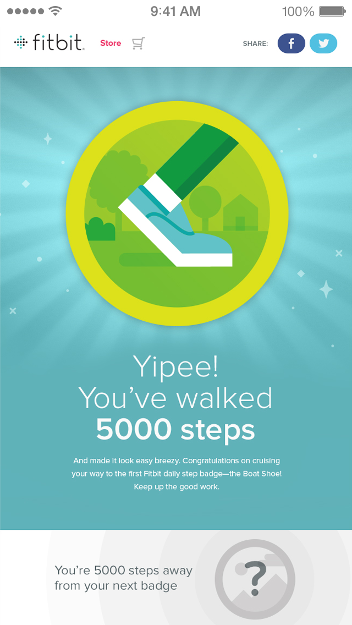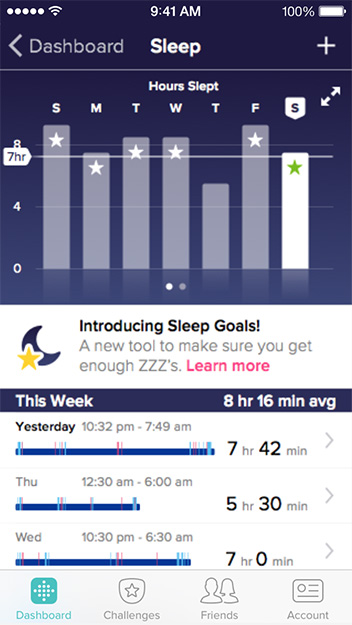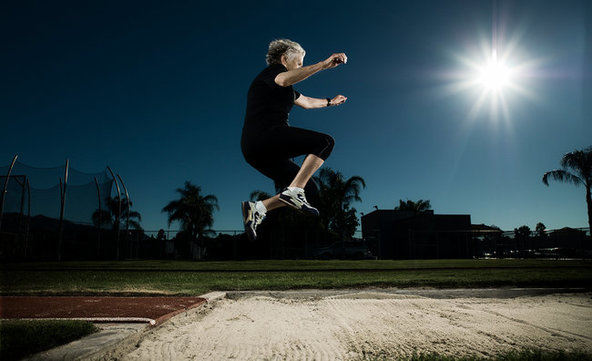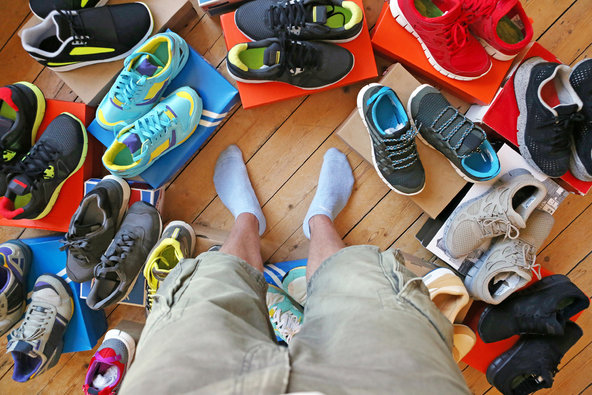By
GRETCHEN REYNOLDS
Many runners may be wearing the wrong shoes for their particular stride or the right shoes that were chosen for the wrong reasons, according to a new scientific review about running shoes and injury risks.
The study helpfully concludes that there is a reliable, scientifically valid way for each of us to pick the right running shoes, but it’s so simple that most of us ignore it.
The connection between running shoes and running injuries is surprisingly controversial and, from a scientific standpoint, unsettled.
Most of us who run have heard that we should choose our shoes based, for the most part, on two broad technical criteria.
The first is whether and how much our foot pronates, or rolls inward as we land. Orthopedists, coaches and runners long have believed that over- or under-pronation contributes to the risk of running injuries and should be controlled using particular types of shoes.
More recently, impact force, or the pounding that we experience with each stride, has also been getting plenty of attention, especially in relation to barefoot running and the question of whether we should wear shoes at all. Some barefoot-running proponents claim that running without shoes or in minimal, slipper-like models somehow changes impacts and substantially reduces the risk for injuries.
But Benno Nigg, the lead author of the new review, and his colleagues were skeptical. An emeritus professor of kinesiology at the University of Calgary in Canada and one of the world’s foremost experts on biomechanics, Dr. Nigg wondered whether science really supports the idea that the right shoes can alter and fix someone’s running form and lessen injuries.
So for the new review, which was published last week in The British Journal of Sports Medicine, Dr. Nigg and his colleagues trolled through decades’ worth of studies about running injuries, shoes and their relationship.
It soon became clear to the researchers that most of our beliefs about running injuries and shoes are, in fact, myths.
Pronation, for instance, does not seem to be a problem requiring correction. In the one large-scale experiment studying pronation, almost 1,000 novice runners, some of whom pronated and some of whom did not, were given the same running shoes and followed for a year.
At the end of that time, many of the runners with normal feet and form — who did not overpronate — had become injured, but a much smaller percentage of those who overpronated had been sidelined.
Dr. Nigg and his colleagues write in their review that this finding suggests “that a pronated foot position is, if anything, an advantage with respect to running injuries.”
Similarly, they found little evidence that forcefully striking the ground causes injuries or that changing or removing your shoes alters those impacts much anyway.
Perhaps most unexpected, running shoes designed to somehow “fix” someone’s running form turned out often to be ineffective and even counter-productive. In a series of studies, when military recruits were assigned running shoes meant to control their particular level of pronation, those soldiers were as likely, or even more so, to sustain running-related injuries than soldiers given shoes at random.
But if shoes are chosen for the right reason, they can reduce injuries, Dr. Nigg and his colleagues concluded after parsing all of the relevant studies.
And the right reason does not involve pronation control or impact forces.
What matters, the researchers conclude in their review, is comfort.In one study from 2001 (overseen by Dr. Nigg), researchers asked soldiers to try six shoe inserts, which varied in terms of cushioning, arch height, heel shape, thickness and other variables. The soldiers were asked to pick the one insert that felt the most comfortable to them and wear that insert inside their shoes during their subsequent military training. A separate group of soldiers wore standard footwear as controls.
After four months, the soldiers wearing the shoes fitted with inserts that felt comfortable to them had a much lower incidence of injury than those wearing standard shoes.
This finding makes scientific and common sense, Dr. Nigg said. Our bodies are actually “very good judges” of how each of us should move and run, he said. When we ignore or fight our bodies’ natural movement pattern, he said, such as by trying to control pronation, the risk of injury rises.
Instead, he said, we should pay close attention to our body’s opinion about running shoe options.
“Try on four or five pairs,” Dr. Nigg said. Jog around the store or the block in each.
“People can usually tell right away which shoe feels the most comfortable,” Dr. Nigg said. “That is the one to choose.”
Related:
For more fitness, food and wellness news, “like” ourFacebook page.

